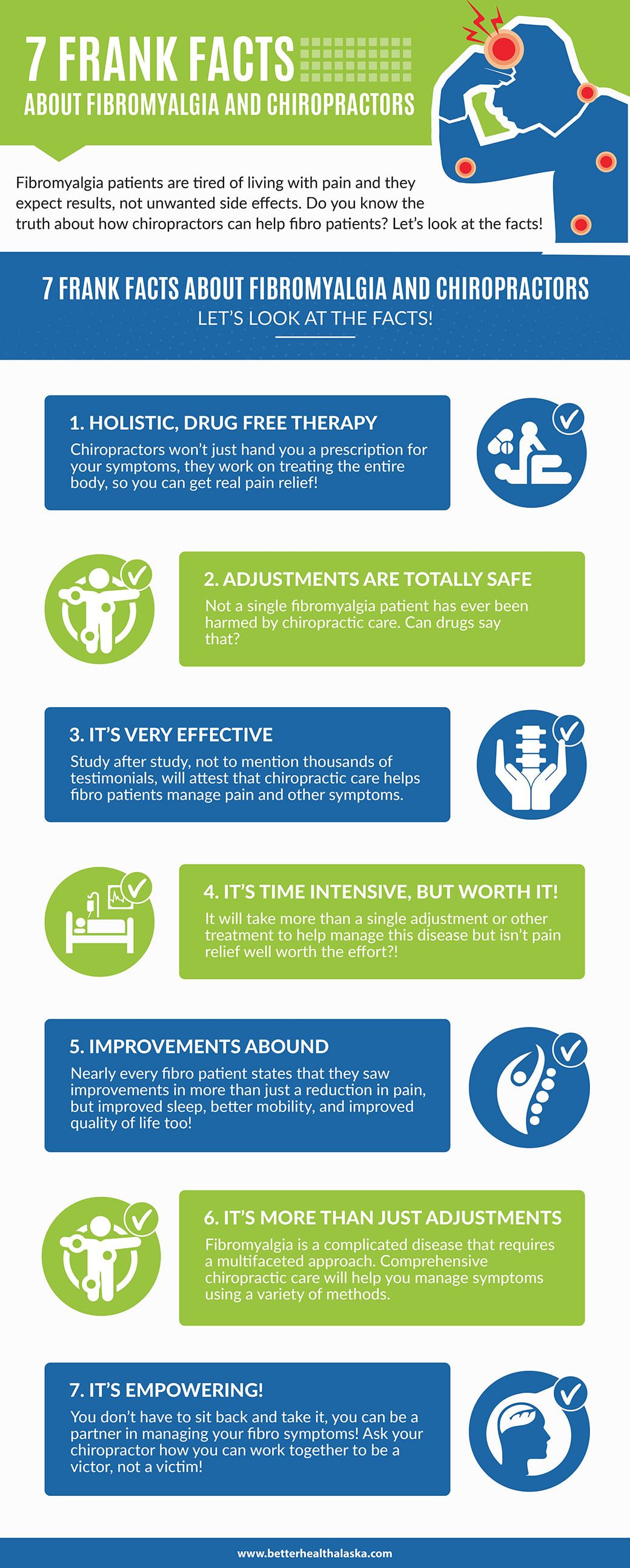The Relationship Between Position And Pain In The Back: Approaches For Keeping Correct Placement Throughout The Day
The Relationship Between Position And Pain In The Back: Approaches For Keeping Correct Placement Throughout The Day
Blog Article
Web Content By-Houghton Rollins
Maintaining appropriate stance isn't just about staying up straight; it's about aligning your body in such a way that sustains your spine and reduces the risk of pain in the back. The method you rest, stand, and move throughout the day can considerably affect your back wellness. Yet just how exactly can you can try here make sure excellent placement consistently, even throughout active days loaded with different activities? Let's dive deeper right into the refined yet impactful modifications you can make to your day-to-day regimen to keep your back happy and healthy.
Importance of Proper Pose
Correct posture is essential in preserving a healthy and balanced back and stopping discomfort. When you sit or stand with great pose, your back remains in positioning, minimizing strain on your muscular tissues, tendons, and joints. This alignment permits the body to distribute weight evenly, preventing too much stress and anxiety on specific locations that can result in discomfort and pain. By maintaining your spinal column effectively straightened, you can additionally boost your breathing and digestion, as slouching can press body organs and restrict their performance.
In addition, preserving great position can improve your overall look and self-esteem. When you stand tall with your shoulders back and head held high, you exhibit self-confidence and show up even more friendly. Excellent posture can likewise make you feel much more stimulated and alert, as it advertises proper blood flow and permits your muscular tissues to function effectively.
Incorporating appropriate position right into your daily regimen, whether resting at a desk, strolling, or working out, is important for protecting against neck and back pain and advertising general well-being. Remember, a tiny change in exactly how you hold yourself can make a significant difference in just how you really feel and operate throughout the day.
Common Postural Mistakes
When it concerns maintaining excellent pose, numerous people unknowingly make typical mistakes that can contribute to back pain and pain. One of one of the most widespread mistakes is slouching or hunching over while sitting or standing. This setting puts excessive pressure on the spinal column and can cause muscle mass inequalities and pain in the future.
https://www.medicinenet.com/treatment_sciatic_nerve_to_stop_hurting/article.htm is overarching the reduced back, which can flatten the natural contour of the spinal column and trigger discomfort. Furthermore, going across legs while sitting might really feel comfy, however it can produce an inequality in the hips and hips, resulting in postural concerns.
Making use of a pillow that's as well soft or also solid while resting can additionally affect your positioning and contribute to neck and back pain. Lastly, continuously craning your neck to check out displays or readjusting your setting frequently can stress the neck and shoulders. Being mindful of these common postural errors can assist you maintain much better alignment and lower the danger of neck and back pain.
Tips for Correcting Placement
To improve your placement and minimize neck and back pain, it's important to focus on making small adjustments throughout your day-to-day regimen. Begin by being mindful of your position. When resting, ensure your feet are flat on the floor, your back is straight, and your shoulders are loosened up. Stay clear of slouching or leaning to one side. Usage ergonomic chairs or cushions to support your reduced back.
When standing, disperse your weight evenly on both feet, maintain your knees somewhat bent, and tuck in your pelvis. Engage your core muscles to support your spine. Take breaks to stretch and walk if you have a less active task. Integrate exercises that enhance your core and back muscle mass, such as planks or bridges.
While resting, utilize a pillow that supports the all-natural contour of your neck to preserve appropriate spinal placement. Prevent sleeping on your tummy, as it can strain your neck and back. By bearing in mind these ideas and making small adjustments, you can slowly remedy your positioning and ease pain in the back.
Final thought
Bear in mind, keeping great stance is crucial to stop pain in the back and promoting back health and wellness. By being mindful of your alignment, dispersing weight evenly, and involving your core muscles, you can decrease stress on your back and minimize the danger of pain and injury. Include ergonomic support, take routine breaks to extend, and strengthen your core and back muscle mass to maintain correct placement throughout the day. Your back will certainly thank you for it!
